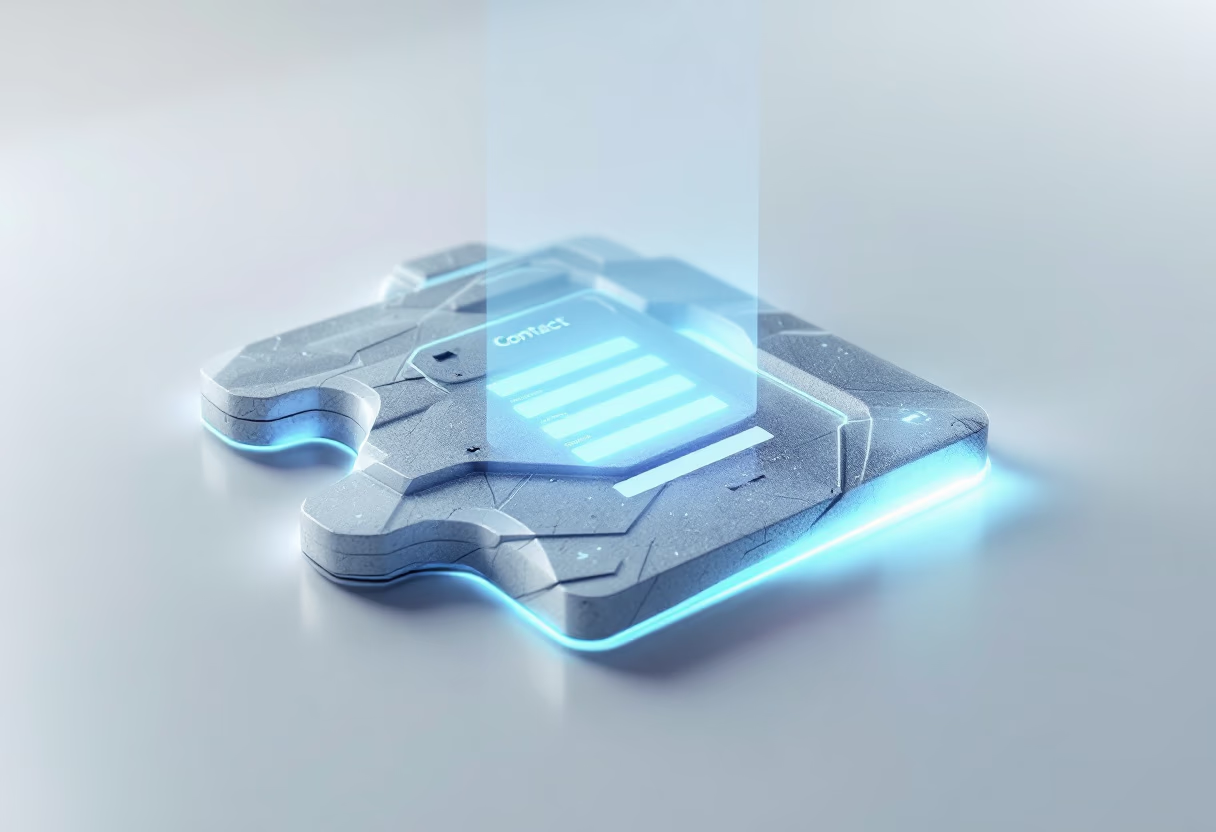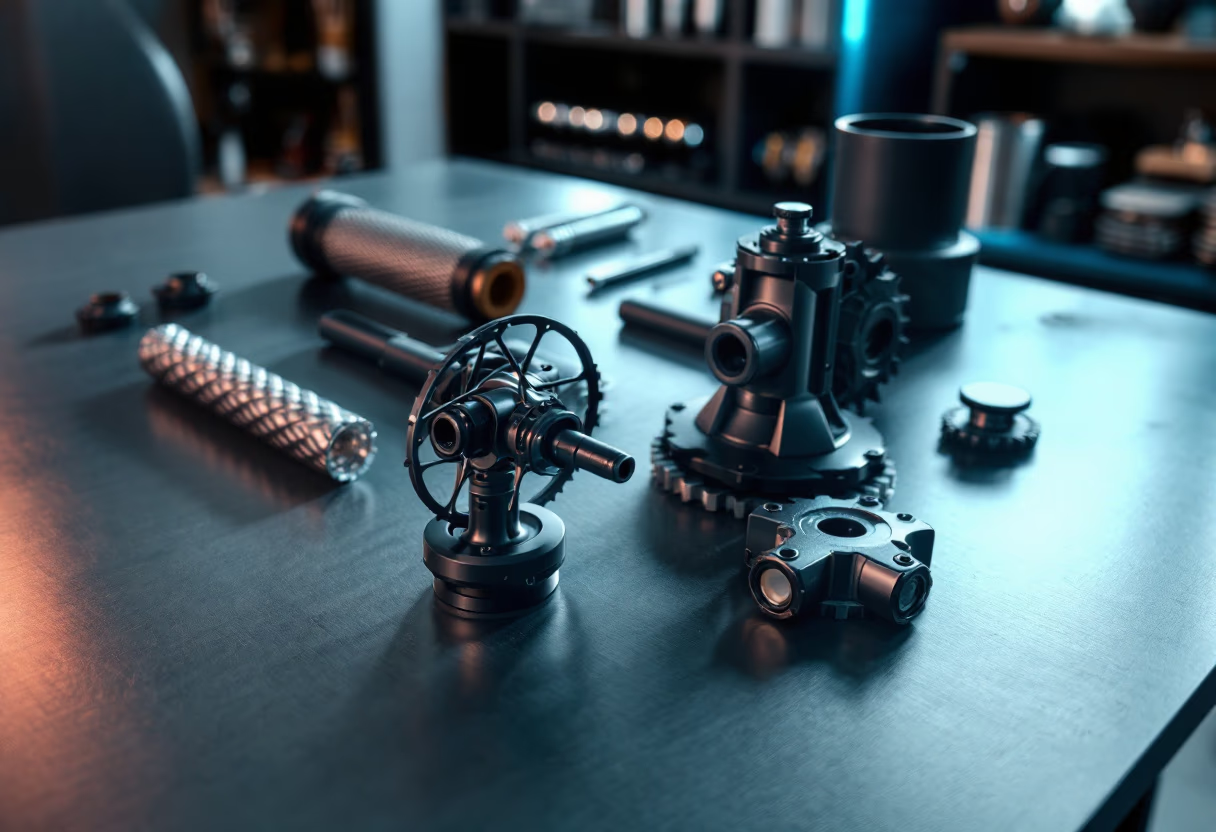.jpg)
Filament
Forge
Precision starts with the right material — explore
filaments engineered for the future.
.jpg)
Precision starts with the right material — explore
filaments engineered for the future.
PLA is easy to print, biodegradable, and gives a smooth finish — perfect for prototypes, art pieces, and general-purpose prints. It requires lower temperatures and doesn’t warp much, making it great for beginners. It's not very heat-resistant and becomes brittle over time. PLA isn't ideal for outdoor use or functional parts exposed to stress or high temperatures.
PETG offers a strong balance between strength and flexibility. It’s more durable than PLA and has good chemical resistance. It prints with minimal warping and can handle light mechanical or outdoor use. Can be stringy during printing and needs fine-tuned retraction settings. It’s also slightly harder to sand or paint compared to PLA.
ABS is strong, heat-resistant, and great for functional parts like enclosures, mechanical components, and tools. It can be smoothed with acetone vapor for a glossy finish. It warps easily and emits fumes when printing, so it needs a heated bed and proper ventilation or enclosure. Not beginner-friendly.
ASA is similar to ABS but with superior UV resistance, making it ideal for outdoor applications. It’s strong, weatherproof, and resistant to fading or cracking in sunlight. More expensive and a bit harder to print. It still emits fumes like ABS and needs an enclosure for best results.
PET-CF combines the durability of PETG with the added strength and stiffness of carbon fiber. It’s lightweight, dimensionally stable, and perfect for functional parts that need high strength and low flex — great for mechanical assemblies and aerospace-style applications. It also has improved heat resistance over regular PETG. It’s abrasive — you'll need a hardened steel or ruby-tipped nozzle to avoid wear. It can also be more brittle than pure PETG and may require a well-tuned printer with a heated bed and enclosure for best results.
PPS-CF is an industrial-grade, high-performance filament known for exceptional chemical resistance, thermal stability, and mechanical strength. The added carbon fiber makes it even more rigid and dimensionally stable, ideal for demanding environments like automotive, aerospace, and electrical insulation. It performs well under high heat and corrosive conditions. PPS-CF is difficult to print — it requires very high extrusion temperatures (300°C+), a heated chamber, and specialized hardware. It’s also expensive and not suitable for beginner setups. Due to its abrasiveness, a hardened nozzle is essential.
Browse our latest 3D-printed creations—real projects, real results, all made to wow.

.jpg)




![[background image] image of industry landscape (for a manufacturing plant)](https://cdn.prod.website-files.com/image-generation-assets/da1e6bed-2c20-4447-8b4f-5b06ae009ba8.avif)